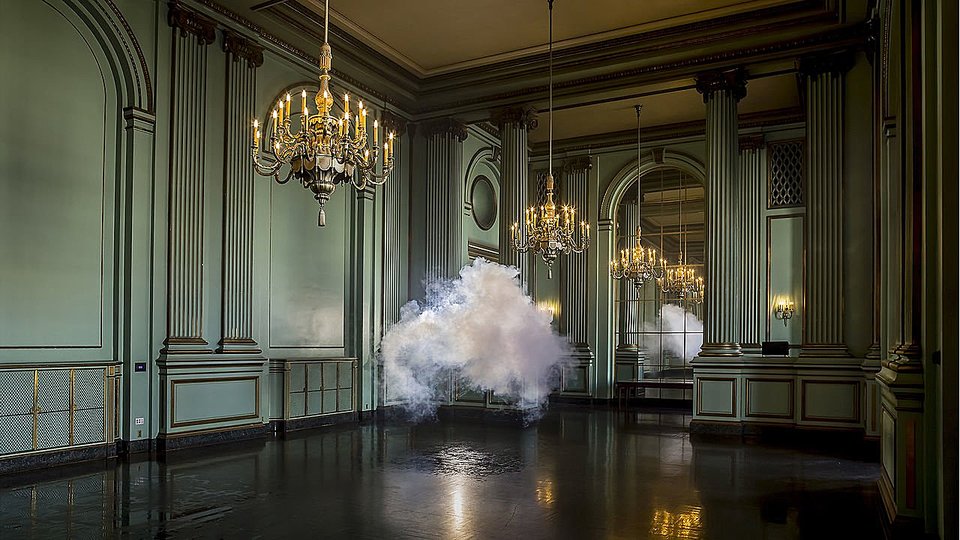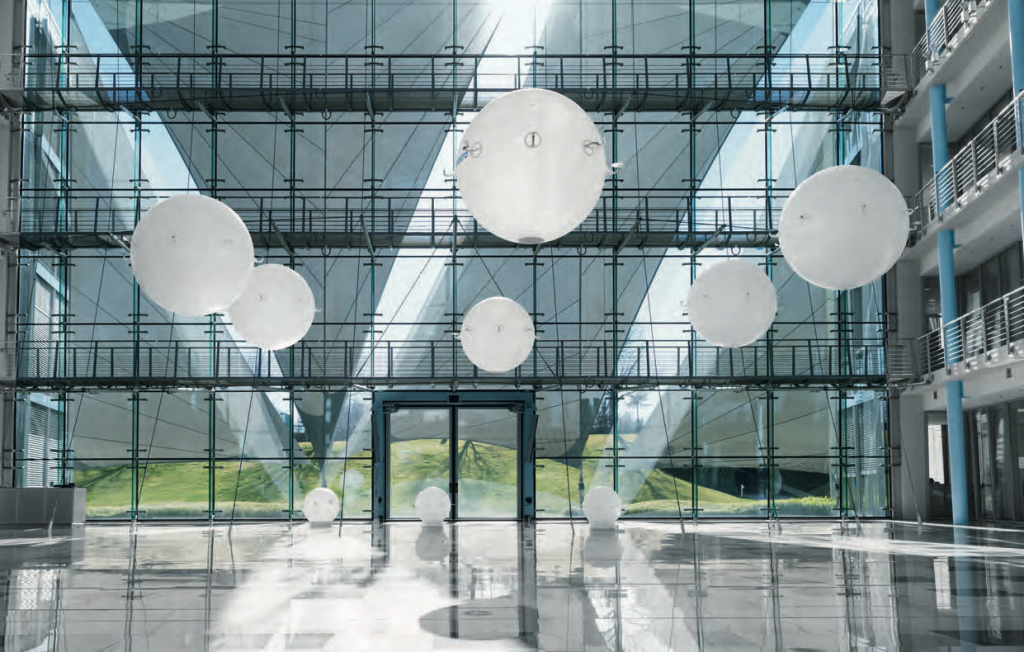
Aristotle explained the elements in terms of what we might call sensual qualities: hot, cold, wet and dry. His main thought was that all materials are manifestations of different compositions of the elements. This idea – that the world consists of underlying elements – was fundamental in several ways. It implies that the world is not what it outwardly seems: A stone is not just a stone – it is composed of a mixture of elements which we cannot see. If the world consists of underlying elements, then materials could be transformed by changing their underlying composition.

This idea of Aristotle was the great motivation for the early alchemists. The idea that man could interfere, that man could re-compose matter, was more revolutionary than it appears at a first glance: When man can make and re-make matter by changing its elements, then the world is not only for the gods to make and re-make. The world was no more just a playground for the gods; Now the world could be changed by man. Today’s nanomaterials are the result of a quest which began with Plato, and today’s quantum fluctuations might be what is going on in Plato’s first matter, the ‘aether’.
The Elements in Design: Artists and Designers working with the Elements. An exhibition and open magazine curated by Mario Gagliardi.
A short history of bubbles
Francesco del Monte, born in Venice into the noble Tuscan family Bourbon del Monte, was a remarkable personality: amateur alchemist, cardinal of the Roman Catholic church, glass collector and unofficial intermediator for the affairs of the Medici in Rome. He was a great patron of the arts and sciences, and among the many talents he supported were two very remarkable ones: Galileo Galilei and Caravaggio.
Francesco del Monte had a beautiful garden villa at Porta Pinciana in Rome, and there he had a small, vaulted alchemy workshop for which, sometimes between 1597 and 1600, he commissioned young Caravaggio to paint a ceiling mural. Caravaggio, extravagant and highly gifted, depicted the gods Jupiter, Neptune and Pluto in an extreme foreshortened perspective, and he placed a translucent bubble in the center: a celestial sphere in which the sun, representing fire, revolves around the earth. In the symbolism of the alchemists, Jupiter stood for air, Neptune for water, and Pluto for earth.
Not only the perspective, also the depiction of the bubble’s intricate light refractions have not been seen before – Caravaggio possibly consulted the scientists in del Monte’s salon, Galileo Galilei and Giovanni Battista della Porta, to achieve his stunning result. The Cardinal’s garden villa, later called Casino Aurora, became a fixture on the Grand Tour in the 18th century and was visited by personalities such as Goethe, Stendhal, Gogol and Henry James. However, they might not have seen Caravaggio’s mural: it was rediscovered only in 1969.
Francesco del Monte’s other famous beneficiary, Galileo Galilei, went on to discover that air is not, as it was assumed until then, weightless, but has a weight (he defined it as 1/660 the weight of water). To come to this conclusion, he used a bubble filled with air, made from a pig’s bladder. He also found that Copernicus was right and the earth revolves around the sun – to the dismay of the church and at the cost of his career. Del Monte had a hand in picking extraordinary talent, but he could not protect Galileo, his greatest protege, from his contemporaries’ conviction that it was them who are sitting in the center of the universe.

The celestial bubble, the focal point of Caravaggio’s mural, was the very artifact to represent the universe. The idea of the universe as a bubble is still around: also physicists today think of the universe as a bubble; it just contains a lot more more than one earth and one sun – where it is observable, the universe holds 400 billion billion suns and many more planets.
Go to A short history of bubbles, a chapter of The Elements in Design